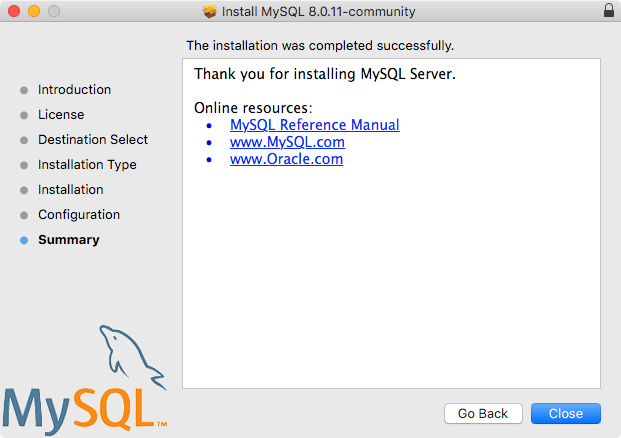Fix the version not appearing in Windows. A common problem for Windows users is PHP not being included in the system path, resulting in the message ‘php.exe’ is not recognized as an internal or external command, operable program or batch file. MySQL has no limit on the number of databases. The underlying file system may have a limit on the number of directories. You can also use the mysqladmin program to create databases. See Section 4.5.2, “mysqladmin — A MySQL Server Administration Program”.
- More powerful. Made to visualize data and insights. Enhanced for complete flexibility.
- Designed for complex data modeling.
- Maximized visibility into your database infrastructure.
Now supports SQL Server. - Powerful . Intuitive . Easy-to-use
The ultimate solution for MongoDB management and development - Keeping your team in sync.
Streamline team collaboration and project management. - Provide free Navicat license for classroom teaching. We’re sponsoring educational institutions around the globe.
- More powerful. Made to visualize data and insights. Enhanced for complete flexibility.
- Designed for complex data modeling.
- Maximized visibility into your database infrastructure.
Now supports SQL Server. - Powerful . Intuitive . Easy-to-use
The ultimate solution for MongoDB management and development - Keeping your team in sync.
Streamline team collaboration and project management. - Provide free Navicat license for classroom teaching. We’re sponsoring educational institutions around the globe.
20% off all new Navicat perpetual licenses!
Check Mysql Version In Mac Version
* Promotion ends 4 Mar, 2021 (23:59 ET)
* Apply on Navicat Perpetual new licenses only

Here are a few ways to check your version of SQLite.
Actually, you probably already saw which version you were using when you connected to SQLite.
In any case, if you found this page, maybe you need another method to check your SQLite version.
Connecting to SQLite
Check Mysql Version In Mac Shortcut
When you first connect to SQLite using a command line interface (such as Terminal on the Mac), the first thing you should see is the version number.
Result on my system:
Check Mysql In Mac



Perhaps slightly paradoxically, this obviously requires that you enter the major version number anyway. However, once connected, you then see the full version number.
Without Connecting
You can also use the following command if you just want to check the version without actually connecting to SQLite.
The version_number() Function
If you’re already connected to SQLite, you can find out which version it is with the version_number() function.
Result on my system:
Numbering System
Starting from version 3.9.0, SQLite uses semantic versioning, which presents the major version number, followed by the minor version number, followed by the patch number.
Prior to version 3.9.0, SQLite employed a version identifier that contained between two and four numbers.
See Version Numbers in SQLite on the SQLite website for more information about this.
Also, here’s a History of SQLite Releases in case you’re interested.
